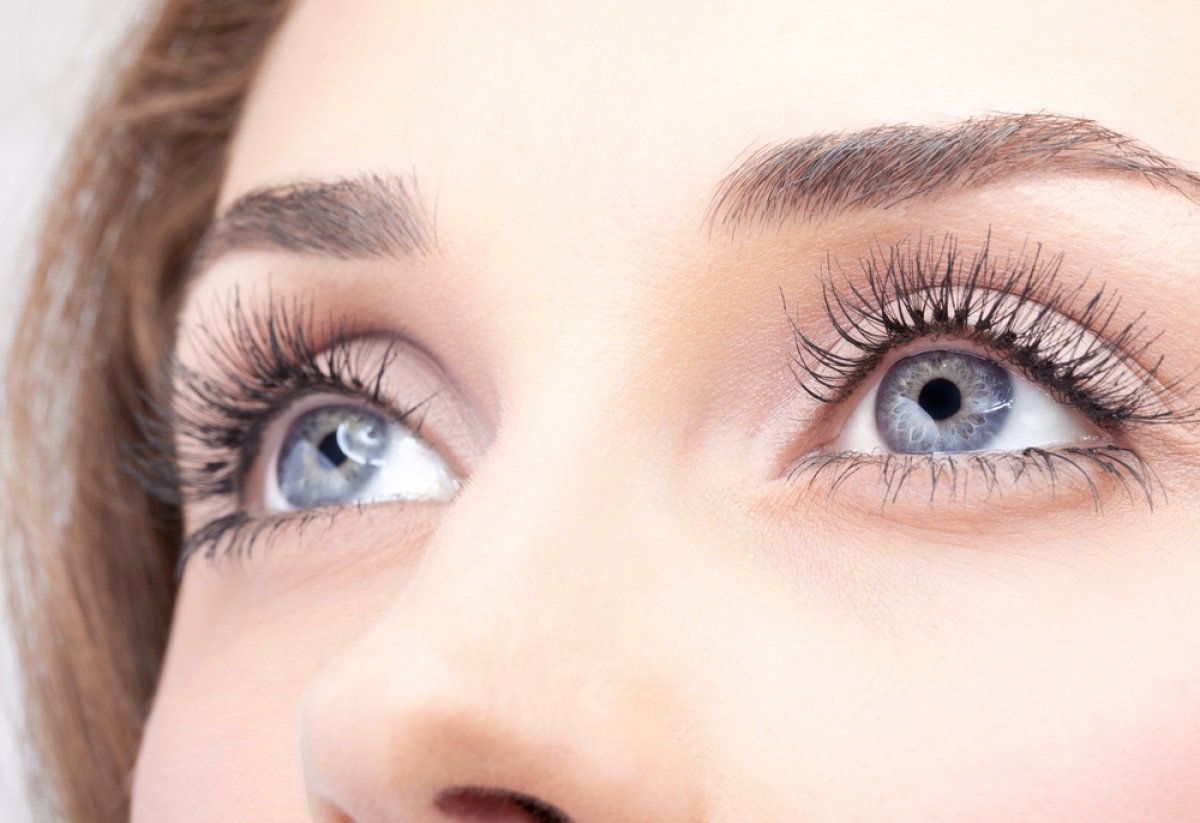Sjogren’s Syndrome Diagnosis
Like many autoimmune disorders, there’s no single test that can completely diagnose or rule out Sjögren’s syndrome.
Sjogren’s (“SHOW-grins”) is a systemic autoimmune disease that affects the entire body. Along with symptoms of extensive dryness, other serious complications include profound fatigue, chronic pain, joint pain, major organ involvement, neuropathies, and lymphomas.
Early diagnosis and treatment of Sjogren’s syndrome are important for preventing disease complications.
However, Sjogren’s syndrome diagnosis can be difficult and has been found to take an average of 7 years from the onset of symptoms.
Educating physicians to recognize and refer patients to the proper specialist is an ongoing effort.
Sjogren’s syndrome symptoms frequently overlap with or “mimic” those of other diseases including lupus, rheumatoid arthritis, fibromyalgia, chronic fatigue syndrome, and multiple sclerosis.
Dryness in the mouth and eyes can also occur for other reasons, such as a side effect of medications (including anti-depressants and blood pressure medication) making diagnosis very difficult.
However, dry eyes, dry mouth, vaginal dryness and cavities are useful signs to start investigating for Sjogren’s syndrome. There are a series of tests that will confirm diagnosis for Sjogren’s syndrome.
Vaginal moisturizers and lubricants help women who have vaginal dryness.
Rheumatologists have the primary responsibility for diagnosing and managing Sjogren’s, and they can conduct a series of tests and ask about symptoms.
An international group of experts formulated some classification criteria for Sjogren’s syndrome, which help doctors arrive at a diagnosis. These criteria consider dryness symptoms, change in salivary (mouth) and lacrimal (eye) gland function, and systemic (whole body) findings. These criteria rely upon the results of blood tests, eye tests, and dental tests.
To make a Sjögren’s syndrome diagnosis, doctors must see specific antibodies (blood proteins) in your blood. They also need to see a pattern of inflammation, found most often on the salivary glands of your lips.
Diagnostic Tests
Blood Tests
Antibodies are substances produced by your immune system (the body’s defense against infection) to attack germs. In Sjögren’s syndrome, the immune system produces antibodies that attack healthy areas of the body.
- ANA (Anti-Nuclear Antibody) – Anti-Nuclear Antibodies are a group of antibodies that react against the nucleus of a cell. It is estimated that seventy percent (70%) of people with Sjogren’s syndrome have positive ANA test results
- RF (Rheumatoid Factor) – This antibody test is most often used for the diagnosis of rheumatoid arthritis (RA). It is estimated that 60-70% of Sjogren’s have a positive RF.
- SS-A (or Ro) and SS-B (or La) – These are the marker for antibodies very specific for Sjogren’s syndrome. Seventy percent (70%) of Sjogren’s have positive SS-A, and forty percent (40%) have positive SS-B antibodies. These antibodies may also be found in patients with systemic lupus and occasionally in other autoimmune diseases, such as myositis
- ESR (Erythrocyte Sedimentation Rate) – An elevated ESR indicates the presence of an inflammatory disorder. People with Sjogren’s syndrome will have a high ESR value.
- IGs (Immunoglobulins) – Immunoglobulins are normal blood protein components that participate in immune responses. They are usually elevated in people with Sjogren’s syndrome.
- esr Sjogren’s Syndrome – a blood test to measure inflammation.
- CRP– C-Reactive Protein (CRP). In the setting of autoimmune disease, the CRP may be elevated, but usually to a much lesser extent than during an infection
Dry Eye Tests
- Schirmer Test – Measures tear production. The values of Schirmer test is in millimeters (mm).
- Rose Bengal and Lissaine Green – Eye drops that contain dyes that are used to examine the surface of the eye (cornea) for dry spots.
- Tear Breakup Test – to measure how thick the tear is- tear viscosity.
Dental Tests
- Salivary Flow – Measures the amount of saliva produced over a certain period of time.
- Salivary Scintigraphy – Measures the amount of saliva produced over a certain period of time.
- Salivary Gland Biopsy – Usually in the lower lip. Confirms inflammatory cell (lymphocytic) infiltration of the minor salivary glands. This test can be painful and difficult to heal from, especially for people with Sjogren’s.
American-European Consensus Group Classification
The American-European Consensus Group developed criteria for the diagnosis of Sjogren’s syndrome. These criteria allow a diagnosis of Sjogren syndrome in patients without sicca symptoms or who have not undergone a biopsy.
According to the American-European classification system, diagnosis of primary Sjogren’s syndrome requires 4 out of 6 of the following criteria, and either criterion number 5 or 6 must be included. Sjogren’s syndrome can be diagnosed in patients who have no sicca symptoms if 3 of 4 objective criteria are fulfilled. The criteria are as follow:
- Ocular symptoms – Dry eyes for more than 3 months, foreign-body sensation, use of tear substitutes more than 3 times daily
- Oral symptoms – Feeling of dry mouth, recurrently swollen salivary glands, frequent use of liquids to help with swallowing
- Ocular signs – Schirmer test performed with out anesthesia (< 5 mm in 5 min), positive vital dye staining results
- Oral signs – Abnormal salivary scintigraphy findings, abnormal parotid sialography findings, abnormal sialmetry findings (unstimulated salivary for < 1.5 ml in 15min)
- Positive minor salivary gland biopsy findings
- Positive anti-SSA or anti-SSB results
Secondary Sjogren’s syndrome is diagnosed when, in the presence of a connective-tissue disease, symptoms of oral and ocular dryness exist in addition to criterion 3, 4, or 5, above.
Studies have shown these criteria has resulted a sensitivity of 97.2% and a specificity of 48.6% for the diagnosis of primary Sjogren’s syndrome. For secondary Sjogren syndrome, the specificty is 97.2% and the sensitivity, 64.7%.
Exclusion criteria include past head-and-neck irradiation, hepatitis C infection, acquired immunodeficiency syndrome (AIDS), prior lymphoma, sarcoidosis, graft versus host disease, and the use of anticholinergic drugs.
Other Factors That Make Sjogren’s Syndrome Diagnosis Difficult
- Drugs and Medications – Sometimes, the use of certain drugs can cause side effects that mimic the symptoms of Sjogren’s syndrome. Medications such as tricyclic antidepressants, antihistamines like Benadryl, and radiation treatments to the head and neck can also cause severely dry eyes and mouth.
- Extraglandular Features – Numerous extraglandular features may develop, such as arthralgia, arthritis, Raynanud phenomenon, myalgia, pulmonary disease, gastrointestinal disease, leukopenia, anemia, lymphadenopathy, neuropathy, vasculitis, renal tubular acidosis, and lymphoma. About 50% of patients with Sjogren’s syndrome have cutaneous (skin) findings, such as dry skin (xeroderma), palpable and nonpalpable purpura, and/or urticaria.
- Overlapping Clinical Symptoms – Primary Sjogren’s syndrome occurs in the absence of another underlying rheumatic disorder, whereas secondary Sjogren syndrome is associated with another underlying rheumatic disease, such as systemic lupus erythematosus (SLE), rheumatoid arthritis (RA), or scleroderma. Given the overlap of Sjogren’s syndrome with many other rheumatic disorders, it is sometimes difficult to determine whether a clinical manifestation is solely a consequence of Sjogren’s syndrome or is due to one of its overlapping disorders.
- Viral Infections – Viral infections can have clinical symptoms similar to Sjogren’s syndrome. These infections include: viral infections such as hepatitis C, human immunodeficiency virus (HIV), and human T-cell lymphotrophic virus (HTLV). Treatment for Sjogren’s syndrome is largely based on symptoms, but patients must be monitored carefully for the potential development of lymphoma and biliary cirrhosis.
If you have other autoimmune diseases and experience symptoms that align with Sjögren’s syndrome, talk with your healthcare team about ruling out this or other conditions
More Information
- Posts not found
References
What Blood Tests Can Help Diagnose Sjögren’s Syndrome? Medically reviewed by Darragh O’Carroll, MD — By Rachael Zimlich, RN, BSN on March 3, 2023
1.Kaneko Y. [Diagnostic (Classification) Criteria and Treatment Guidelines of Collagen-vascular Diseases: Hos to Use and Cautions on Applying Them for General Physicians. Topics: VII. Sjögren Syndrome]. Nihon Naika Gakkai Zasshi. 2015 Oct;104(10):2149-56. [PubMed]
2.Brito-Zerón P, Retamozo S, Ramos-Casals M. Phenotyping Sjögren’s syndrome: towards a personalised management of the disease. Clin Exp Rheumatol. 2018 May-Jun;36 Suppl 112(3):198-209. [PubMed]
3.Argyropoulou OD, Valentini E, Ferro F, Leone MC, Cafaro G, Bartoloni E, Baldini C. One year in review 2018: Sjögren’s syndrome. Clin Exp Rheumatol. 2018 May-Jun;36 Suppl 112(3):14-26. [PubMed]
4.Baer AN, Akpek EK, Alevizos I., 18-21 April 2018, Washington, DC, USA. 14th International Symposium on Sjögren’s Syndrome. Clin Exp Rheumatol. 2018 May-Jun;36 Suppl 112(3):241-255. [PubMed]
5.Kroese FGM, Haacke EA, Bombardieri M. The role of salivary gland histopathology in primary Sjögren’s syndrome: promises and pitfalls. Clin Exp Rheumatol. 2018 May-Jun;36 Suppl 112(3):222-233. [PubMed]


